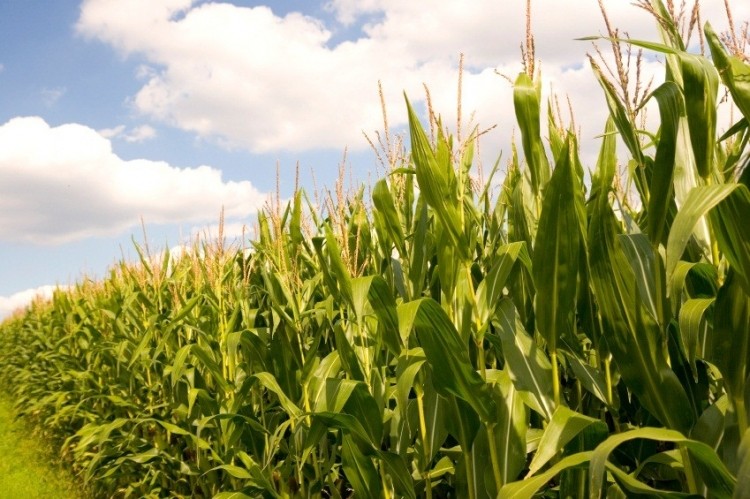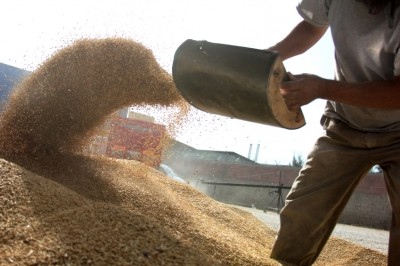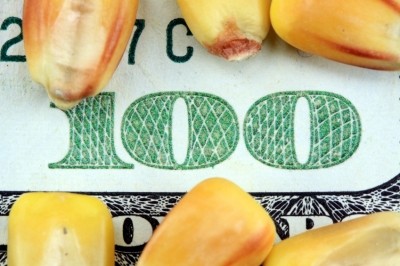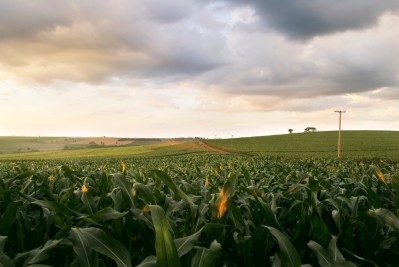USDA report offers baseline prediction for US feed growth, market

Information supporting the trend was included in a recent long-term projection report from the US Department of Agriculture (USDA). The report covers the US and international feed and feed crop market along with import and export expectations through 2025.
“It’s a conditional projection based on a specific set of conditions,” said Paul Westcott, report coauthor and agricultural economist for the USDA.
The report examines the long-term factors that could affect agricultural production in the US and globally, he told FeedNavigator. The assumptions set a baseline for future evaluations and can be used to generate alternative outcomes.
Feed crop growth
If the conditions assumed in the report continue, the near future sees similar low prices for feed crop growers, said officials. However, continued low prices for feed may offer benefits for animal producers.
“Over the next several years, the agricultural sector will continue to adjust to lower prices for most farm commodities and reduced energy prices,” said officials. “Nonetheless, production response to lower crop prices in the near term will result in reduced planted acreage. In the livestock sector, lower feed costs will provide economic incentives for expansion.”
Planted acres of primary feed crops including corn, soybeans, wheat and sorghum, are expected to fall below 250m acres by 2017 and to 244m by 2025, they said. Corn, soybeans and wheat may see the greatest reduction.
“Rising corn production, lower corn prices than in recent years, and increasing meat production underlie projected gains in feed and residual corn use over the next decade,” they said. “Also supporting gains in feed use of corn is the decline in the production of distillers grains, a co-product of dry mill ethanol production used for feeding livestock, as corn-based ethanol falls.”
However, global economic growth should support future demand for feed crops, said officials. Prices are expected to continue above the pre-2007 level
Nominal prices for animals and animal products including milk may decline as production amounts increase, they said.
The initial indicators that farmers have started to respond both to lower prices and the potential for continuing low feed ingredient prices have already started, said Westcott.
“It showed a decline in farmers planting winter wheat last fall,” he said. “That’s the first indicator that we get on the crops for 2016, wheat crop data that was released provided the first indication that farmers pay attention and have adjusted downward.”
However, he said the expectation of changes or reductions to the crops planted may not have much implication on movement into niche markets, like organic production, as they may not be as linked to current economics.
“That niche market is going to have a higher price relationship regardless of what the prices are,” he said. “It’s a niche market on the demand side and it’s a niche on production so the price gap is probably going to be similar [to what it is now].”
Export expectations
US exports and trade may be slow through parts of 2017, said USDA officials. However, there is still a trend toward longer-term growth.
“Global trade competition will continue to be strong and the higher valued US dollar will constrain growth in US agricultural exports somewhat,” they said. “Nonetheless, the United States remains competitive in global agricultural markets.”
The US is expected to remain the largest global exporter for corn through 2025, and exports should increase as global demand for feed grains rises, they said.
“Combined with trade competition from Argentina, Brazil, and Ukraine, growing domestic feed use, and continued use of corn for ethanol production in the United States, the US market share of global corn trade is held steady at 38-39% in the projection period, well below its 1970-2000 average of 71%,” they said.
Additionally, the potential decline in distillers grains should generate more domestic use of soybean meal in animal feed, said officials.
Soybean exports also are expected to increase, but Brazil is likely to remain the top exporter, they said. “Competition from South America leads to a reduction in the US share of global soybean trade from 38% in 2016/17 to about 33% in 2025/26,” they added.
“The main story that’s been underlying our projections has always been this notion that developing economy growth is a key factor for agricultural demand globally and trade and US agricultural exports,” said Westcott. “The growth rates and developing economies are lower than they had been but that doesn’t mean they’re low.”
As developing economies continue to grow they support greater food and agricultural demand, he said.








